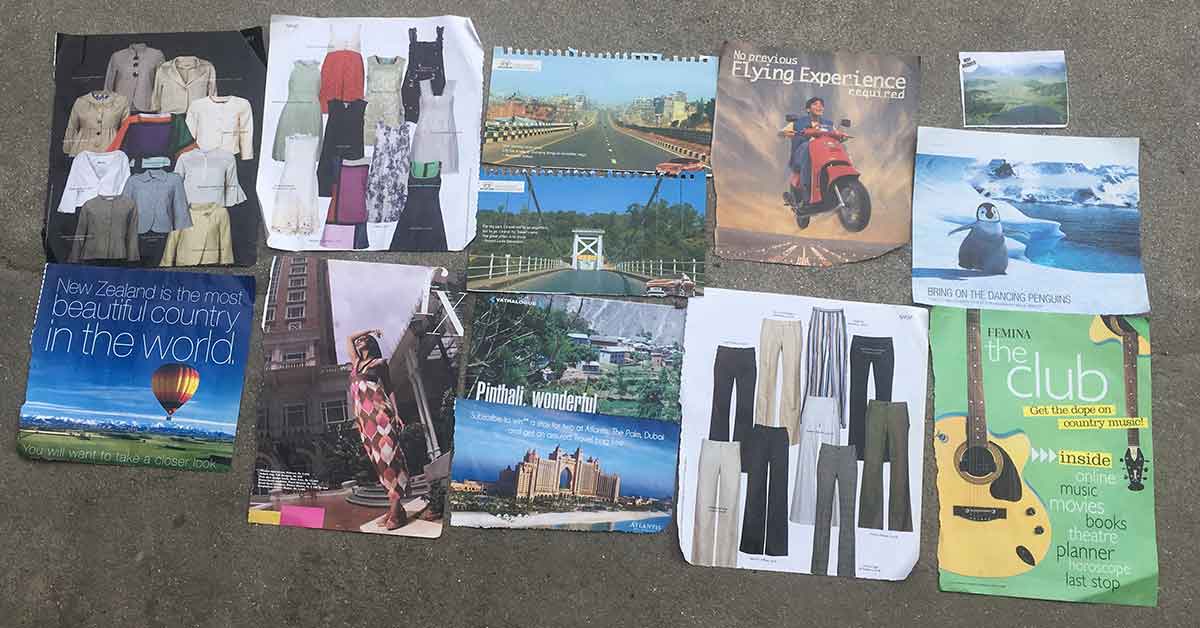Last September, I was conducting my teacher education program at a small private school in Kathmandu. Part of it involved conducting lessons to demonstrate to the science teachers I was working with, firstly, how NOT to teach directly from the textbook (something pretty much every secondary school teacher I have observed has done), and secondly, how they CAN make science lessons interesting and engaging, even in the absence of fancy, expensive instruments and gadgets or in the absence of a science laboratory by simply making creative use of readily available materials. One of the lessons I conducted at the school I blogged about in Teacher Education: Engaging Climate Change Lesson Using Just Five Graphs Found on The Internet.
This was actually the first lesson I conducted at that school. When I did I used — as stimulus — the following cutouts from different magazines I found that morning at home. The topic was Natural Resources with 7th graders.
I started the lesson by putting two or so of the cutouts on each bench. About 5 students were seated behind each bench. I then put the following words on the board.
Nature, Natural, Resources, Natural Resources, Man-made.
I started my lesson by engaging with them on an exchange about what “Nature” means and if the cut out they have represents “Nature” or parts of nature etc. When I was satisfied that they were well versed in the meaning of the word, I moved on to Natural, and then to Resources etc.
One of the other things I was trying to demonstrate was the fact that the information, the facts, and whatever the students need to learn do not ALL have to come from the teacher himself/herself all the time. I was trying to demonstrate that the students too know a lot and it helps to engage them in the classroom in the way I did throughout most of the 45-minute lesson.
I have a sad footnote to this otherwise fun lesson I had with the students however: the teacher for whose benefit I had conducted the lesson wasn’t there to observe it at all! (Apparently, she was held up by a parent!)
But three days later, the next time I was at the school, the teacher shared how impressed she had been to discover the children had learned and remembered what I had taught them. She had quizzed them the preceding day, the first lesson they had had since my own lesson with them.

